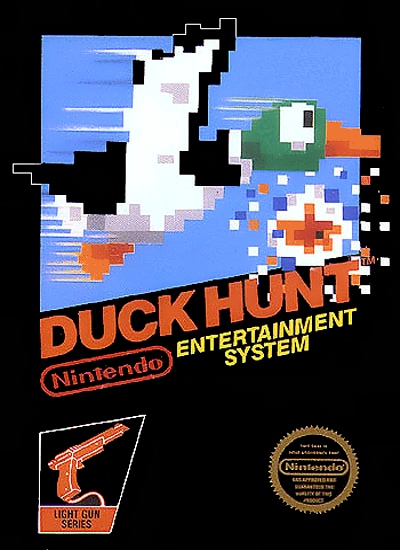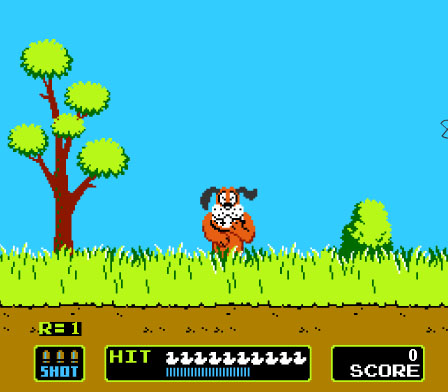I trust few enough of you have trudged through the extensive backlogs that this is almost like new. Almost. I should be back in full force by next week. Until then, enjoy the reruns! Hey, it's summertime. I've got to save the good stuff for sweeps. Thanks for your understanding--see you next week!

Ah, the joys of good, clean multicultural middle-school student supernatural detective work. The television series Ghostwriter, which ran 3 seasons from 1992-1995, was a thinly veiled effort by public television to encourage the development of basic reading , writing, and problem-solving skills among elementary school children. We may have had no idea at the time, but watch an episode now and you will find the educational components are blindingly obvious. The show was remarkably good at tricking us into learning, as well as providing all sorts of feel-good moral lessons along the way.
The show's characters were the live-action equivalent of the names and pictures textbook publishers use to vociferously and repeatedly tout their commitment to racial and ethnic diversity. Though I can recognize this show aired during the blooming of the age of political correctness, they laid it on pretty thick. We couldn't just have a group of relatable middle-class white kids running around solving mysteries. Instead, it was necessary to produce some variation of "We are the World," the children's television series:
That intro shines so brightly with quintessentially nineties special effects, it makes you want to reach for the Vanilla Ice Gautier shades. The cast all seem remarkably surprised to see their names, though I assume they were told by the crew that they were filming the intro.
The premise of the show involves a mysterious unseen "ghost" (represented by a jumpy glowing light) who communicates with the Ghostwriter team by manipulating words and letters in the kids' everyday settings. The team quickly learns that a mysterious spirit has opted to communicate with them through the handily educational use of their reading and writing skills. While this ghost could likely have chosen all sorts of qualified, highly educated people to do his bidding, he insists on using elementary and middle-school aged children to solve his inoffensive and conveniently child-friendly brand of mysteries.
The "team" members, united by their common ability to communicate with the mysterious Ghostwriter, denoted their membership by wearing a special pen on a cord around their necks. That's right, as if they could not shove the educational component down viewer's throats any further, the team's all-powerful ability lay in their ability to write. I wouldn't call it a subtle metaphor, but hey, it worked.
Of course, just like real-life children, they had freakishly neat typewriter-grade penmanship and wrote at the slowest possible pace to ensure that their young viewers could actually grasp what was happening. Fortunately for those with limited literary prowess, each story arc took a remarkable four or five half-hour episodes to solve. Especially in a time before rampant over-prescribing of attention-deficit medications, it's nearly inconceivable children actually mustered the attention spans to follow a single mystery storyline over a weeks-long run. Ghostwriter clearly had some form of hypnotic power over its viewers, as the show was spectacularly popular throughout it three seasons.
Ghostwriter was not merely a television series; it was an educational franchising powerhouse boasting CD-ROMs, books, VHS releases, classroom curricula, and of course, replica Ghostwriter pens so viewers at home could "play along". I never had any luck solving the mysteries, but I do have a mini Lisa Frank notebook somewhere full of all of the clues tirelessly scribbled in admittedly poorer-than-Ghostwriter-team penmanship.
There are hundreds of Ghostwriter episodes floating around on the internet today, but I leave you with the original. As if you were not already convinced that Samuel L. Jackson is in every piece of motion-picture media every produced, he also plays Jamal's father in Ghostwriter. I present to you the first episode of Ghost writer, "Ghost Story:"
Link to exhausting log of Ghostwriter episode synopses:
TV.com guide






